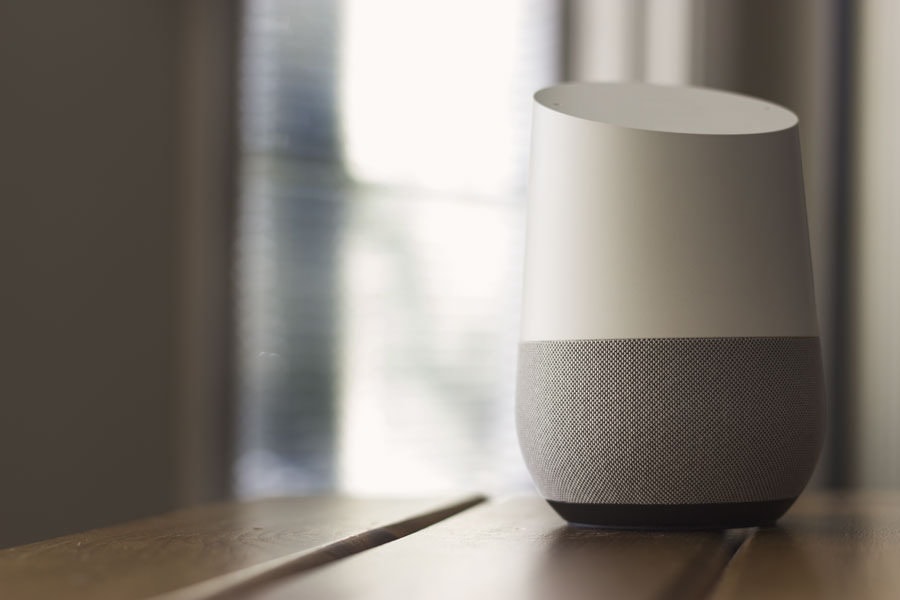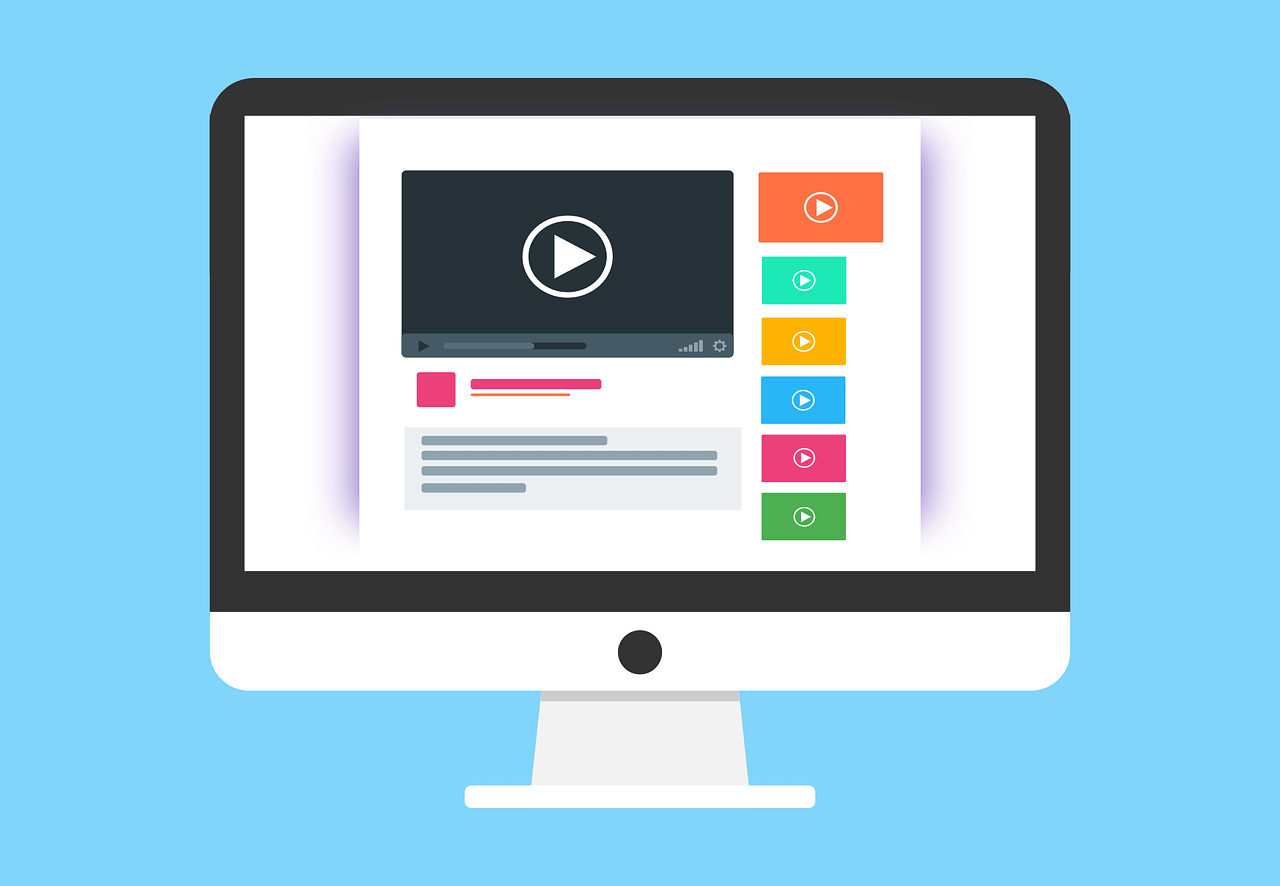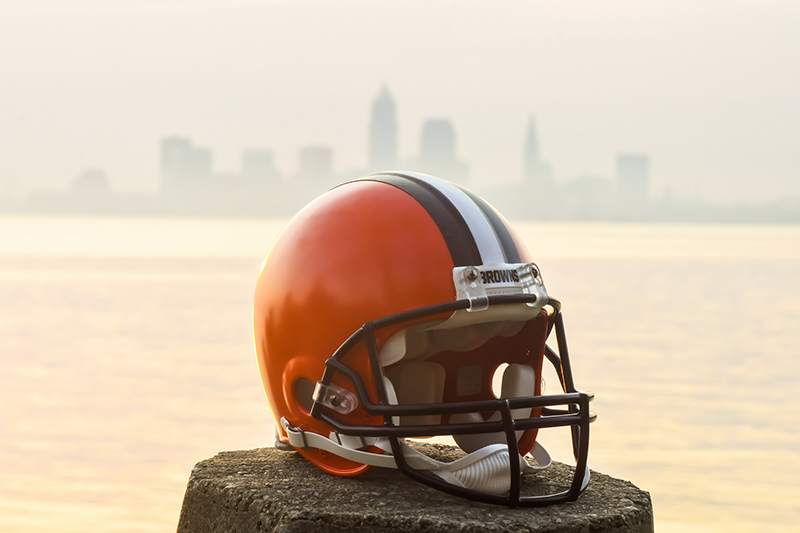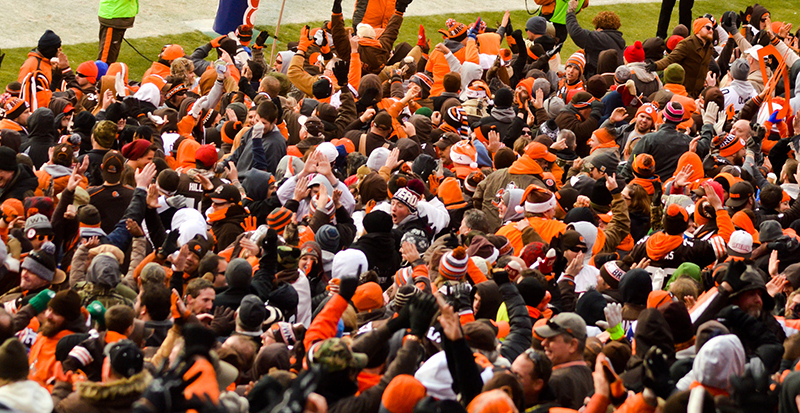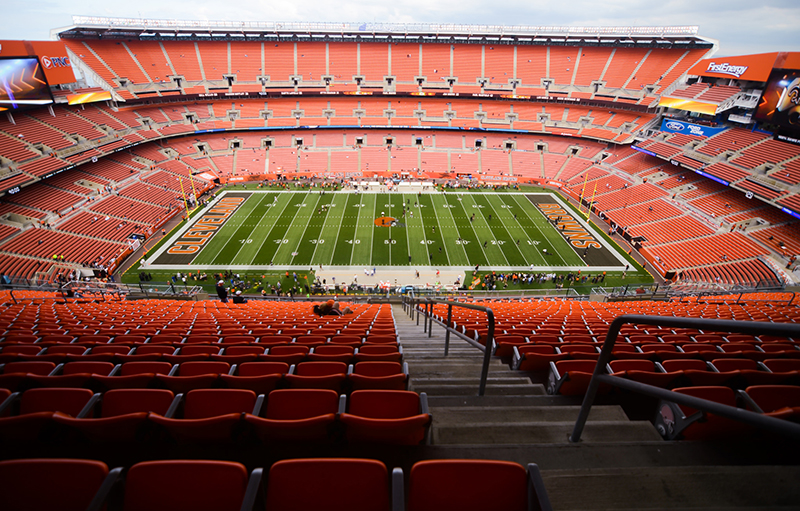Our brains are handling a lot right now. Processing work, making plans for the weekend, reminding you to breathe. You clearly have a lot on your plate. When it comes to focus and cognitive thinking, however, as humans we operate a bit differently. The human brain is not an automated processor meant to produce output multiple times a minute. Automated problem solving vs. logic and reasoning are what separate man from machine. We prefer to take on one small task at a time, solve it, process what we learned and move on to the next. The more practical the process, the easier it is for us. It is much more efficient than juggling multiple balls in the air at once. Keep it simple.
Websites and eCommerce stores are no different. Simplistic design and rational navigation will always crank out the most conversions because these factors make sense to our brains. The structure is tailored towards the user. It helps define the overall experience for them and that is a crucial ranking factor with Google. Believe me, they will notice. 
Guiding visitors towards the conversion funnel isn’t tricky marketing or a psychological sales trigger. It is just common sense. In fact, most users will expect some sort of assistance leading them through the process, especially the checkout. ECommerce developers know this, which is why the structure or layout of a site is one of many factors in the world of user experience or UX as it is commonly called.
What Makes Up User Experience
At its core, user experience (UX) is simply making the experience of the user, a pleasant one. That’s you. Whether you realize it or not, the structure, the placement, the ease of checkout and any other things related to the function of the site is designed for you. Let’s break down UX to some of its core features and discuss how a website can work with you to meet your goals. There are multiple factors that help a site function and most importantly, help you succeed. Some of the most common features that assist the user conversions include:
- The site’s navigation
- The site’s visual design
- The site’s technical optimization
- The site’s content
Here’s how each of these features makes your life easier and serve a purpose on a website.
Findability
When navigating a site, the easier it is to find what you are looking for, the better. Part of the reason is the conversion process. If you are looking to purchase something or submit a form, all signs should point to this. Users should not have to use a search toolbar to see products or checkout. Most eventually will get bored or frustrated and leave the page. This can lead to an ever-climbing bounce rate as you find more and more users navigating away. Make sure your menu or toolbar is practical and the placement of the pages makes sense. A website with a sensible layout can lead to maximum conversions.
Visibility
 A site should absolutely be relatable and appealing. The aesthetic design should pull users and make them want to stay. The main toolbar should be eye-catching and draw the user to it. The best placement for the main navigation center is in the header or above the fold of the page. Most successful sites have their main features in this area, such as the blog, the cart or main login area.
A site should absolutely be relatable and appealing. The aesthetic design should pull users and make them want to stay. The main toolbar should be eye-catching and draw the user to it. The best placement for the main navigation center is in the header or above the fold of the page. Most successful sites have their main features in this area, such as the blog, the cart or main login area.
It is often said “less is more” and the same is true of a website layout. In the digital age, the content should be compact and precise. Avoid lengthy paragraphs that would prevent a user from reading the entire post and break up information into more manageable pieces. Use bullets, logos, shorter lines and visual aids to draw the reader through the content. Also, be sure to include interactive buttons, hyperlinks or images that will keep your users stimulated. If it looks pretty, they are going to want to click on it.
Usability
A website has many visitors but they aren’t always human users. It is crucial to remember the robots are watching too. For a site to function properly, there are a number of technical optimization tools to use that will get you into the rankings. Things like SEO, page speed, image alt tags and mobile friendliness will earn you bonus points with the robots. In fact, some of these features are an absolute must with the Google algorithm updates. Missing any one of them could cost you rankings and site traffic.
Avoid the penalties and do your research. Get quality SEO keywords in your content and update it often. It is also vital that your site has an app that caches page content. This will dramatically decrease your load time, which the search engine robots will like. Humans will like it too.
Likability
One of the most challenging tactics to conquer is the site’s content. In order for a user to interact with your site and come back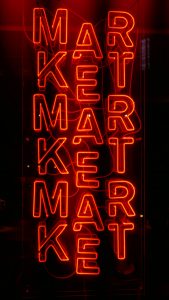 often, you have to have some sort of draw. Users have to like being there. Having quality images and technical cues are great, but at the end of the day, the users are reading your content. If it isn’t engaging or the content is difficult to follow, most users will leave. Some key things to remember in your content, along with optimizing for the search engines, are your style and voice. These should appeal to your audience, in addition to your topic choices. Never talk down to visitors or become too “preachy” in your delivery.
often, you have to have some sort of draw. Users have to like being there. Having quality images and technical cues are great, but at the end of the day, the users are reading your content. If it isn’t engaging or the content is difficult to follow, most users will leave. Some key things to remember in your content, along with optimizing for the search engines, are your style and voice. These should appeal to your audience, in addition to your topic choices. Never talk down to visitors or become too “preachy” in your delivery.
Also, do some marketing trends research. See what people are talking about and join the conversation. It is just as much your responsibility to be entertaining as to be informative. This will help build your audience and most importantly, keep them coming back for more. Focus on digital campaigns and enhancing your visibility.
**
For those looking for assistance with digital marketing campaigns and enhancing visibility, 216digital offers Cleveland SEO services to help you with your rankings. We also offer Cleveland web development and digital marketing assistance. Let us help you build your brand and become successful. We are eCommerce developers with a passion to be creative and a drive to help you succeed. Contact us for help with Miva design or if you have been considering Miva developers for your website.



























